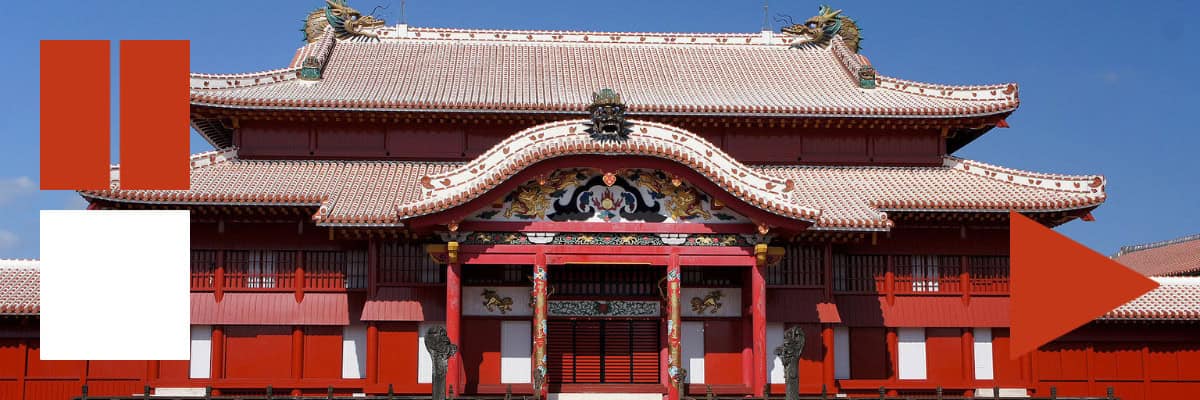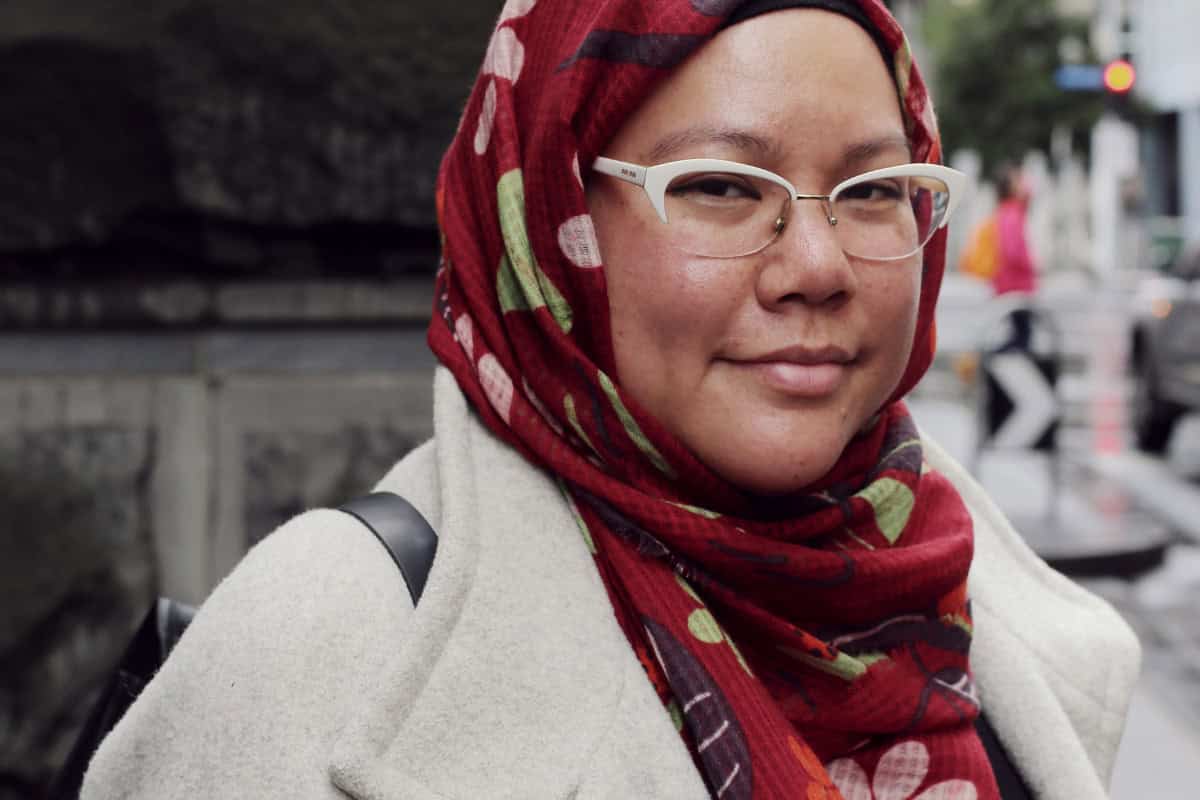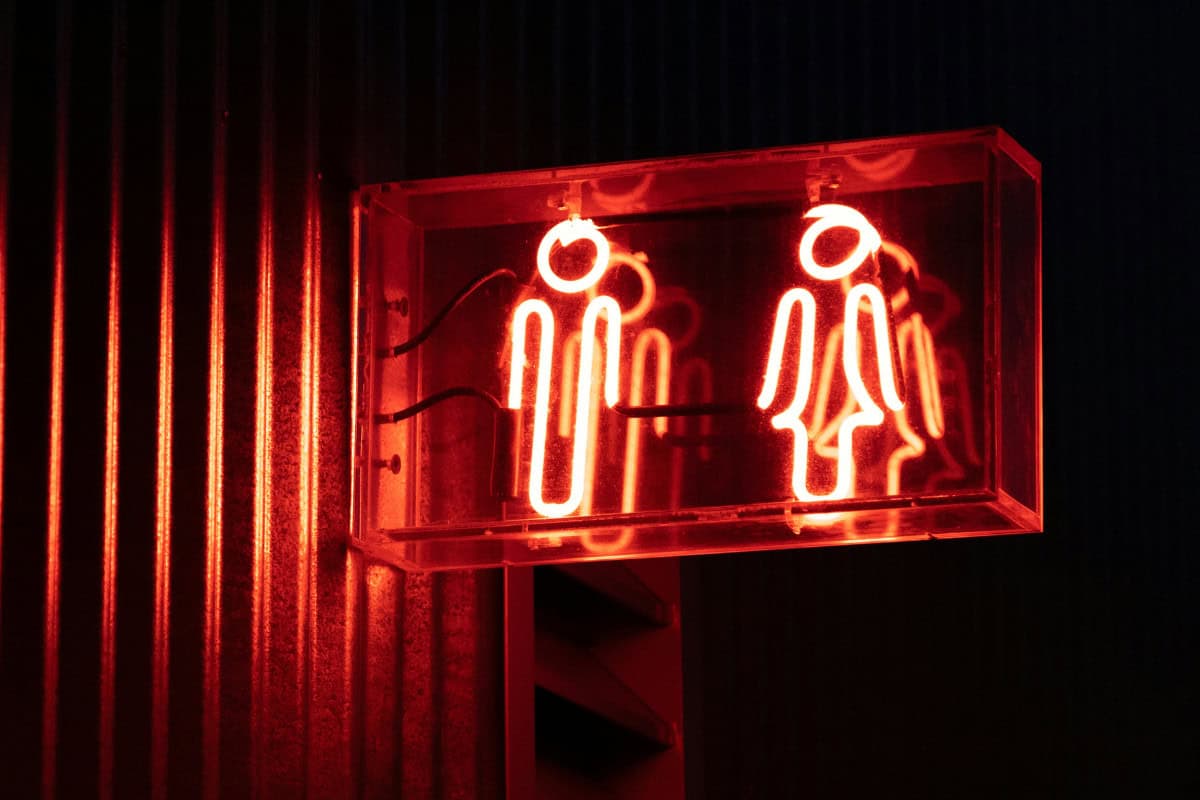
In the first week of August 2022, China conducted live-fire drills and launched ballistic missiles across the East China Sea in response to the visit to Taiwan of US House Speaker Nancy Pelosi. Some landed in the ocean near the islands of Okinawa in Japan’s Exclusive Economic Zone. The prefecture of Okinawa carried a particularly tragic burden in Japan’s defeat in the Pacific War and still hosts large US military bases, so the proximity of Chinese missiles reminds the islands’ residents of their vulnerability in the event of another war.
This year marks the 50th anniversary of the return of Okinawa to Japan in May 1972. From 1945 the prefecture had been under continuous occupation by the United States. But, even after Okinawa’s return to Japanese control, the massive US naval and air-force bases remain. Okinawa still serves as Japan’s frontline prefecture—as the missiles following Pelosi’s visit reveal. Yet, the voices and interests of its people and representatives are hardly accommodated in Japan’s national policy because ‘national security’ and Japan’s commitment to the military alliance with the United States remain paramount over all other considerations—including those of the local Okinawans.
Okinawa is a group of small islands and is Japan’s southernmost 47th prefecture, far away from the mainland, located a little closer to Japan’s former colony of Taiwan than to mainland Japan.
With its subtropical climate and distinct culture originating in its history as part of the semi-independent Ryukyu Kingdom until assimilation into Japan in the late 19th century, Okinawa is different from the rest of Japan historically, culturally, and economically.
Okinawa’s location on the western side of the East China Sea makes it a strategic point in the Western Pacific. It was the site of fierce battles in the closing years of World War II when the American forces made an amphibious landing on the prefecture. The ensuing battle resulted in nearly half of Okinawa’s population (circa 200,000) either being killed in the battles or through suicide, many of them civilians. When Japan surrendered in August 1945, Okinawa came under the Allied Occupation, as did all of Japan.
Okinawa is of immense strategic value today for Japan and its chief security ally, the US. Under the US-Japan Security Treaty, Japan currently hosts some 55,000 US military personnel on its soil which is roughly one third of all US forces deployed globally. Of these 55,000, Okinawa bears a disproportionate military burden housing more than two-thirds of US military facilities on 0.6 percent of Japan’s total land area.
Such a heavy presence of US military personnel and the massive deposit of arms on the island’s small landmass has resulted in occasional aircraft crashes, forced landings, and extreme noise due to frequent flying of fighter planes. US service personnel have also been involved in criminal acts, including rapes, and regularly defy local government rules.
At the time of negotiations for the return of the prefecture in the late 1960s, the Okinawans naturally wanted the US bases withdrawn. But given its strategic significance, the US demanded unhindered access to the islands around Okinawa to fight against communist states in the region and to maintain its military supremacy during the Cold War. Even today, as in the past, these Pacific Island bases give the US strategic access to combat operations throughout East Asia.
Not only did the Japanese government agree to host the US military and bear the significant financial burden of maintaining it, but remarkably, in 1969, Tokyo agreed to a secret nuclear deal. Washington could bring atomic weapons back onto the islands when needed, even though in 1967, Japan had embraced the so-called three non-nuclear principles of not manufacturing, possessing nuclear weapons, or allowing others to introduce them into the country. This fact was hidden from the Nobel Prize committee that awarded Japanese Prime Minister Eisaku Sato the 1974 Nobel Peace Prize for his ‘anti-nuclear’ stance. This secret deal between Sato and Richard Nixon was revealed by Kei Wakaizumi, the key Japanese negotiator between 1967 and 1972, in his book, The Best Course Available: A Personal Account of the Secret U.S-Japan Okinawa Reversion Negotiations, published in English in 2002.
Since the prefecture reverted to the mainland, most Okinawans have favoured and sought reductions in their disproportionate military burden, the relocation of at least some of the bases elsewhere, and solutions to associated social challenges of hosting US bases—but little progress has been made to address their concerns.
The prefecture remains heavily militarised, and its economy is underdeveloped and largely cut off from mainland Japan. For example, Okinawa’s per capita income has continually ranked as Japan’s lowest income prefecture. Japan’s cabinet includes a minister of state for Okinawa, and prime ministers very often promise economic development for the region. Still, the conditions on the ground have barely changed because of the prefecture’s peripheral status in Tokyo’s policy lens.
Northeast Asia remains a flashpoint with North Korea’s nuclear and missile capabilities and occasional sabre rattling, China’s unrelenting claim over Japan-administered Senkaku islands and increasing strategic tensions between the US and China. Consequently, Okinawa will continue to bear the burden of history and geography, despite strong demands for relief from local citizens and their elected representatives.
China’s live fire drills in response to the Pelosi visit have caused the security environment around Japan to reach a hazardous level. This further deterioration reminds Okinawans of the risks they face on behalf of the US and the other larger islands of Japan.
One silver lining is that the Okinawans are free to express their opinions and criticise the national government and its Okinawa policy. Moreover, on occasions, prefectural leaders, including its governors, have made direct representations in Washington DC, where the prefecture has opened an office that advocates for Okinawan interests and tracks the protests and requests by islanders. It is another matter, though, that neither the national government nor US policymakers have done much to lift the burden from Okinawans.



